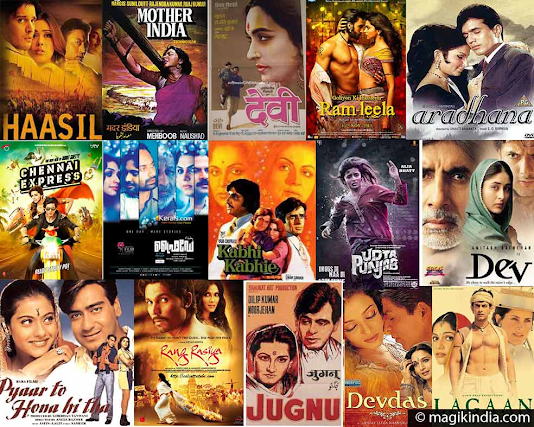If you’ve ever walked out of a movie theater feeling transformed, humming a melody, or quoting a line that hit you right in the soul, you already know the magic we lived during the Lights, Camera, India! a.k.a. our recent Online Film Appreciation Workshop by Karwaan Heritage.
Our hosts? Eshan Sharma and Mihir Pandya - Professors-slash-directors, who could talk about films for hours and often did. And we loved them for it. With encyclopedic knowledge, sparkling wit, and a playlist that could rival any Filmfare afterparty, they held court like filmi-sages. Their love for cinema wasn’t taught, it was contagious.
They spoke about topics like:
- The silent revolution of set design in Pakeezah
- The cultural rewriting of romance through DDLJ
- The art of playback singing as cinematic storytelling
- How socio-political landscapes shaped Indian cinema through the decades
Structure? Loosely plotted, like any great Bollywood film, with plenty of digressions, detours, and deleted scenes that deserved to stay in. Each session opened the doors to another era, another emotion, another lens through which to fall in love with cinema all over again.
We journeyed from the rural Bengal of Pather Panchali to the royal courts of Mughal-e-Azam, from the dacoit trails of Sholay to the European-stationed dreams of DDLJ, with pit stops in the poetic tragedy of Pakeezah.
From the neorealism of Satyajit Ray’s Pather Panchali to the eternal bromance of Sholay, from the royal opulence of Mughal-e-Azam to the chiffon-wrapped dreamscapes of DDLJ, every session was a ticket to another world. And we didn’t just watch scenes. We dissected them, felt them, and at times, sang along to them. (No regrets.)
And music? Always. Every class had a soundtrack. Every point punctuated with a melody. Sometimes you learned more from a single song than a textbook chapter.
Imagine waxing poetic about set design in the ’60s, making us realize how a curtain’s color could carry decades of meaning.
The kind where hands kept flying up, time kept slipping away, and no one minded. The kind where discussions turned into debates, debates into discoveries. Everyone was the hero of their own cinematic awakening.
Most Repeated Line: “Okay, we’re running out of time but let me just show you this one scene/song/interview…”
Most Common Reaction: “Wait, how have I not seen this movie before?”
Even PowerPoint slides glowed under the spotlight of classics. Even tangents about “how things used to be” became five-minute detours to cinematic goldmines.
Audience Response
Unanimous standing ovation. Everyone left with a full notebook, a fuller heart, and a Google Drive folder of “must-watch IMMEDIATELY” movies.
There were no formal goodbyes, just promises to keep watching, keep feeling, and maybe meet again in a sequel workshop. Rumours swirl about a follow-up on regional cinema, parallel cinema, or music direction deep dives. We will be there.
It was a celebration of storytelling, a soulful playlist, like a scholarly samosa stuffed with culture, art, and heart. With an all-star faculty, powerhouse guest speakers, and a soundtrack that still echoes in our heads, this was cinema education at its most joyful.
Roll credits. Play “Lag Jaa Gale.” Let the nostalgia linger.
